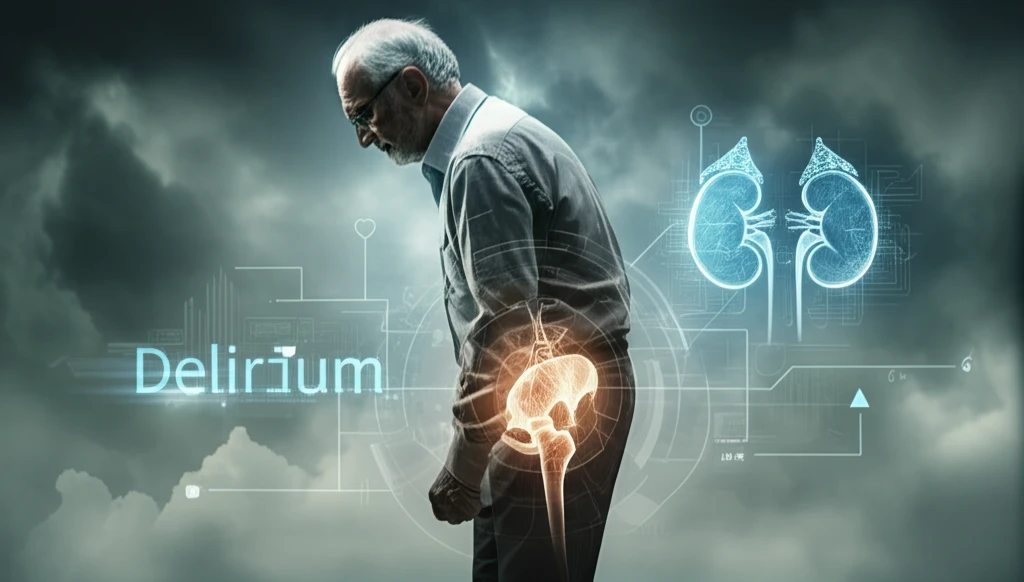
Hip Fracture Complications: What You Need to Know
"A Comprehensive Guide to Clinical Complications and Associated Factors in Acute Geriatric Orthopaedic Care"
Hip fractures pose a significant health risk for older adults, leading to both increased mortality and substantial morbidity. While the acute mortality rate ranges from 2% to 7%, the high incidence of clinical complications significantly impacts patient outcomes. Factors such as pre-existing health conditions and the stress of surgery contribute to these complications. However, the reported incidence of these complications varies widely, ranging from 20% to 89.3%, underscoring the need for standardized approaches to prevention and management.
The implementation of Orthogeriatric Units (UOGs) has shown promise in improving outcomes for hip fracture patients. UOGs focus on reducing hospital stays, lowering mortality rates, decreasing costs, and minimizing readmissions. As such, UOGs have become the standard setting for studying hip fracture patients. Recent collaborative efforts between geriatricians and orthopedic surgeons, supported by the AOTrauma Network, have led to the development of standardized recommendations for variables and scales used in UOG research, with the goal of addressing previous methodological inconsistencies.
Building on these efforts, a new study evaluates the clinical course of older hip fracture patients admitted to the UOG at Infanta Sofía University Hospital, using the latest recommendations from the AOTrauma Network. The study identifies key factors associated with medical complications and analyzes the primary causes of mortality in these patients.
What Are the Most Common Clinical Complications After a Hip Fracture?

A recent study published in the journal Revista Española de Geriatría y Gerontología analyzed data from 383 patients admitted to an Orthogeriatric Unit (UOG) following a hip fracture. The study revealed that a significant majority, 71.3%, experienced at least one clinical complication during their hospital stay. Here’s a breakdown of the most prevalent issues:
- Difficulty focusing or paying attention
- Disorganized thinking
- Fluctuating levels of consciousness
- Agitation, restlessness, or hallucinations
Prioritizing Prevention and Integrated Care
By focusing on early detection, integrated care models, and preventative strategies, healthcare professionals can mitigate the impact of hip fractures and improve the quality of life for older adults. Further research and collaboration are essential to refine these approaches and ensure the best possible outcomes for this vulnerable population.
